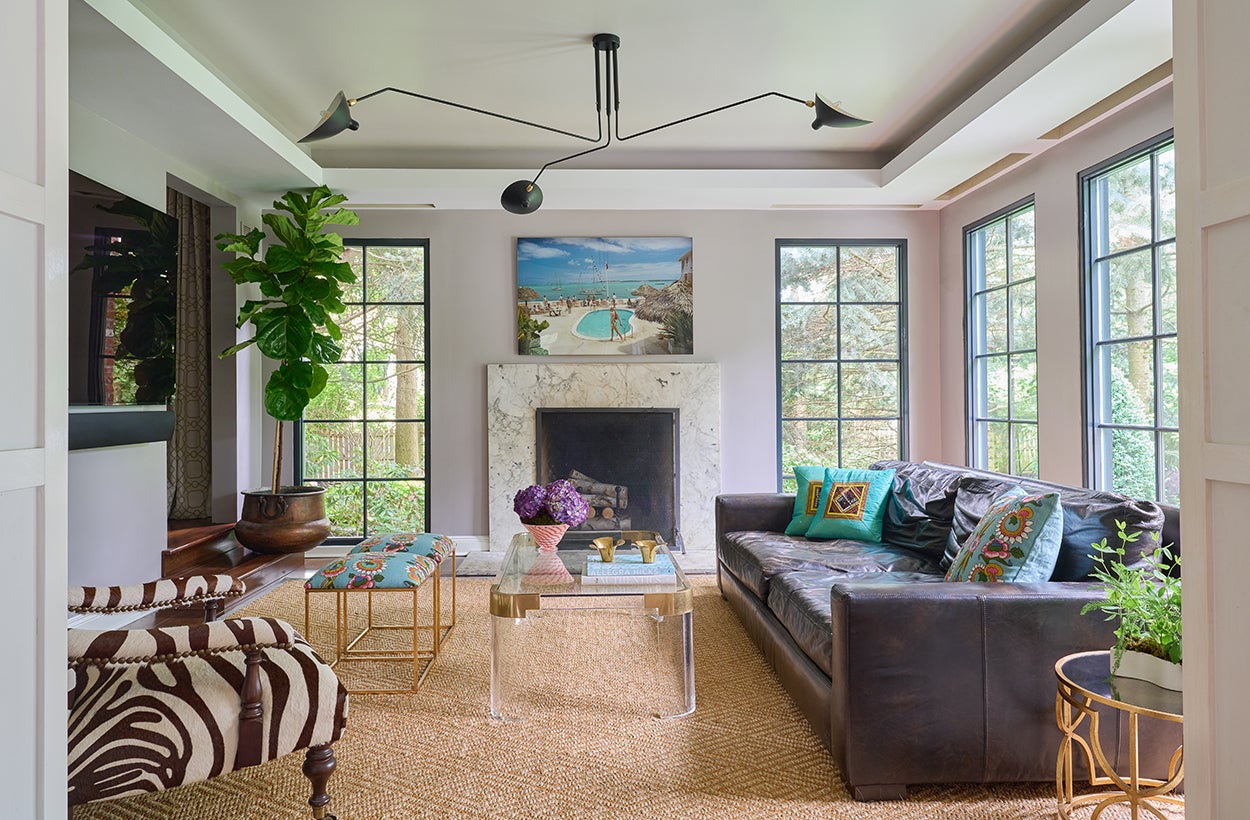With the conclusion of any year, many find themselves reflecting on how they’ve measured up to their goals. With 2023 afoot, we asked six designers—Gideon Mendelson, Erin Sander, Kristina Phillips, Nadia Watts, Debbie Travin and Todd Howard Ezrin—to share how they gauge their firm’s annual performance.

Systems Set
“I start by setting goals at the beginning of the year—specific goals that are measurable and realistic with time frames and deadlines. Our financial documents, including income statement, balance sheet and cash flow statement, tell me how profitable, healthy and liquid the firm is. Without this understanding, our business cannot succeed; with this understanding, we know how to grow. After reviewing the finances, I sit down with our director of client services. While we’re a creative shop, customer experience and satisfaction is crucial to our continued success. If clients aren’t happy, they won’t hire us again and they won’t be a source of referrals. Together, we review our process, communication and documentation, and we analyze any feedback received. Then we adjust for the next year and set new goals for client services. Marketing comes next, and every December we develop a detailed plan for the following year. Our goals are simple: generate qualified leads, drive revenue and increase brand awareness. We study who our clients are, how they came to us and the best way to stay connected in the upcoming year. These days, a lot of our time is spent developing content, partnering with the editorial world, and using social media platforms to get noticed and develop our audience. We’ve invested a lot of time and money in these areas with great success. Lastly, I talk to my team. I cannot run my business without them and I care for each one of them greatly. Conducting annual individual performance reviews is another way I measure success. [Reviews] enable me to communicate what’s going well and what can be improved. It’s important to me that my employees are happy with their jobs, feel comfortable in our office culture and continue to improve every year.” —Gideon Mendelson, Mendelson Group, New York
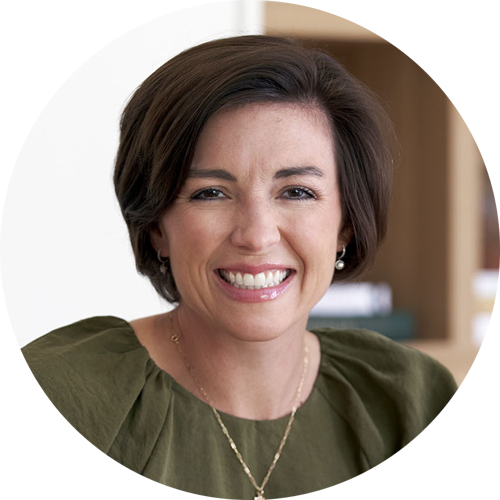
Chain Reaction
“Our firm measures success by referrals from past clients. Our business is based on lasting and intentional relationships. Our clients hire us during the beginning [or] planning phases of their project, and we’re walking through the entire design and build process, seeing the project through to a fully furnished installation. It’s important to us that we have a trusting and transparent relationship with our clients throughout. We strive for simplicity in our structure so we can focus on a successful project. When we receive a new business referral from a happy client, there’s truly no better measure of success.” —Erin Sander, Erin Sander Design, Dallas
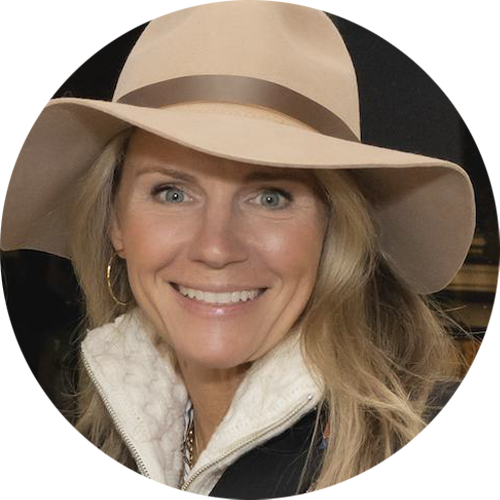
Finish Line
“There are many ways to measure success, with profit being the most obvious one. However, as the owner and principal designer of my firm, I measure success by my clients and how content they are with the end results. Referrals from those clients can also be a clear indicator of their level of satisfaction. I also rely on intuition [throughout the process to sense how clients are feeling]. My other benchmark on measuring the success of my firm is the level of work produced. Are the final designs a reflection of my best work—and what can I do to continue to improve? My goal is to always create timeless and highly personalized spaces that are unique to every client.” —Kristina Phillips, Kristina Phillips Interior Design, Ridgewood, New Jersey
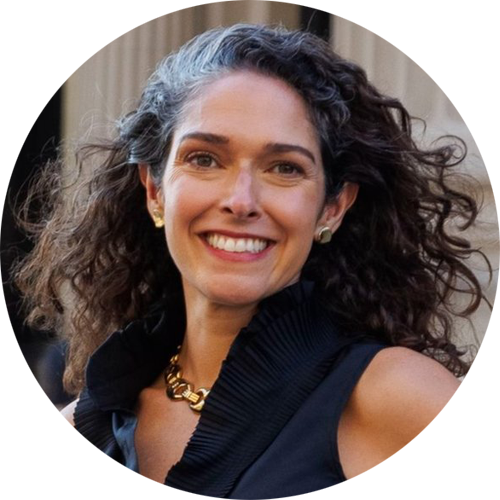
One-Two Punch
“The goals I set each year fell into two categories. First, there are the logical and financial metrics: gross and net income, number of projects achieved in a year, and percent of new and repeat clients. Second are dreams: getting my work published, the opportunity to design new homes from the ground up and working with my dream client—a self-described art collector with a deep appreciation for design. When I found that I was meeting the goals faster than I aimed for, I needed bigger goals. I changed how I spoke to myself, focusing on the dream goals using language like ‘I imagine,’ ‘I would love to,’ and ‘It would be amazing to.’ By doing this, my approach to goals became fluid, and I found myself enjoying the process instead of focusing solely on the finish line. This keeps my curiosity and drive high, allowing me to embrace the possibilities I see. When I look back on 2022, I have achieved both categories of goals. One area that has required flexibility and adjustment is the number of projects achieved in a year, because many are extending beyond one-year [timelines]. So I’m staying focused on which phases of the project we have completed and which will require work going into the new year.” —Nadia Watts, Nadia Watts Interior Design, Denver
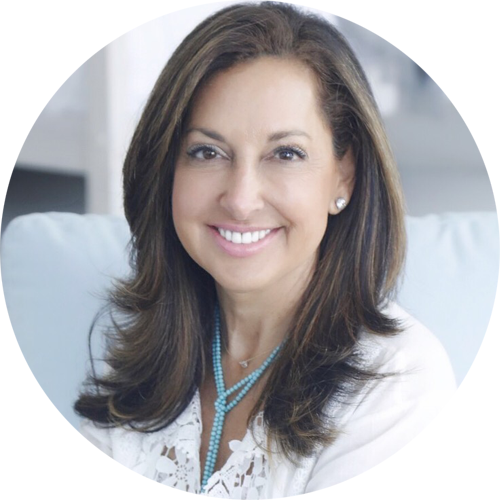
Shoot for the Stars
“For us, a successful year is measured by how happy our clients are by the end of their finished home. We strive to go above and beyond their expectations. When our clients write amazing five-star reviews [saying] how thrilled they are with our service and their newly designed home, that’s a successful year.” —Debbie Travin, DLT Interiors, New York

Numbers Game
“When looking back on each year, we [first] look at the profitability of our company and then the number of successful projects. The latter is based on the final outcome of the project and the client’s happiness.” —Todd Howard Ezrin, TOBE DesignGroup, Bethesda, Maryland
Homepage image: Kristina Phillips uses woven textiles and pops of color to bring this New Jersey living room together | Jane Beiles
















